Skydiving: What To Expect
Tandem Skydiving
Posted by: SKYDIVINGDOTCOM
2 years ago
Your first time skydiving experience is bound to bring one thing: pure euphoria. First time skydiving tips vary between dropzones due to differing types of planes and if a tandem skydiving experience is required before jumping solo. Let’s jump into a broadened view of what to expect when skydiving, and specifically what to expect on your first tandem skydive.
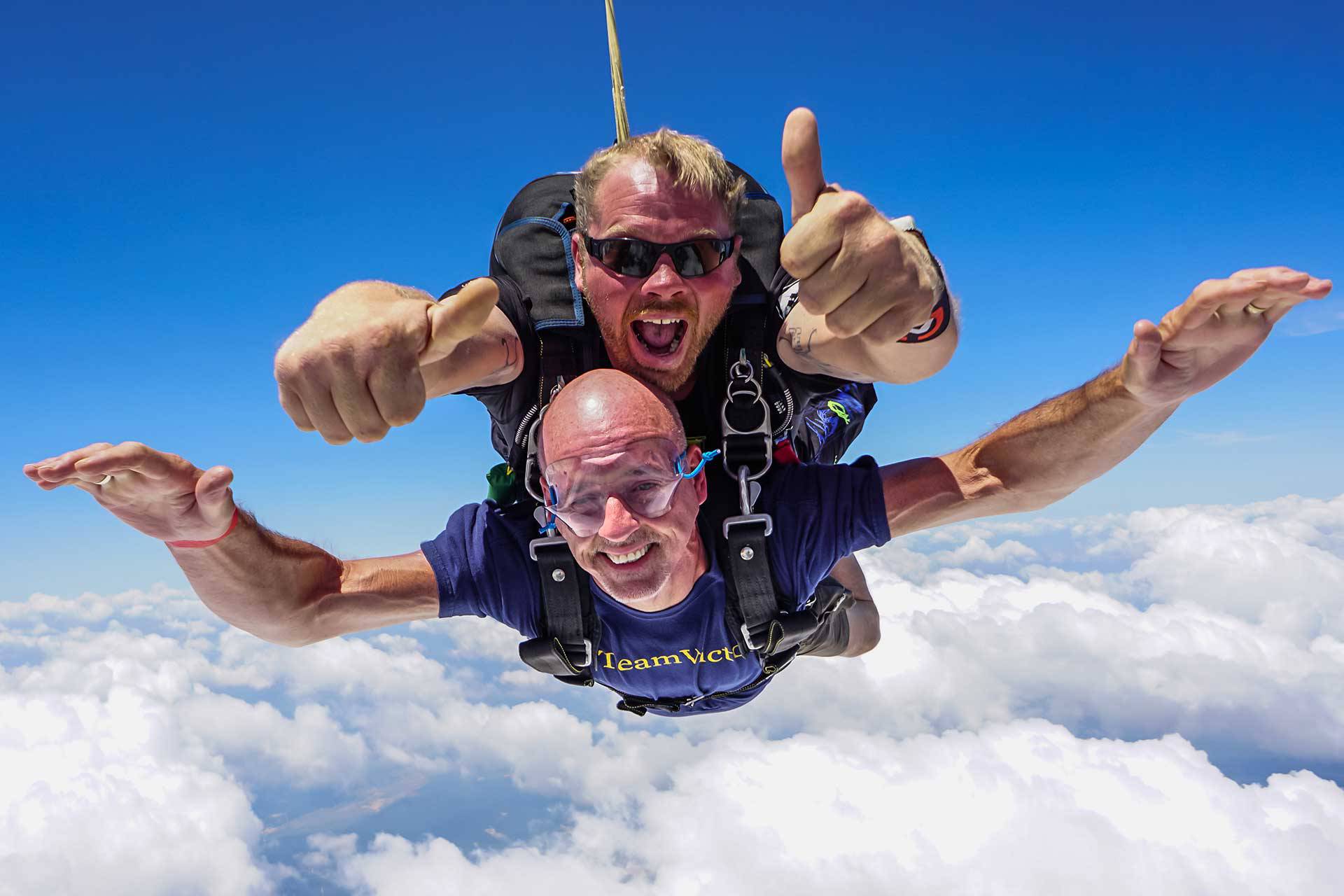
Welcome To The Dropzone!
After booking your skydive with the dropzone of your choice, you’ll probably endure the pre-jump jitters. But, worry not, these are totally normal! Arriving at the dropzone is sure to put your mind at ease – they are there to help you have the absolute best day of your life! Upon arrival, you’ll likely be asked to watch a United States Parachute Association (USPA) issued tandem skydiving video. This video will explain the tandem skydiving process and answer “what to expect when skydiving for the first time” in detail. They will also make sure you are well-versed and comfortable signing the waiver. Due to skydiving being an extreme sport and carrying inherent risk, legally binding waivers are required, and because of this, all jumpers must be a minimum of 18 years old.
*If your first skydive is a solo skydive, the process will look a bit different. Something called a First Jump Course is required to provide all-encompassing ground training prior to the actual jump. First Jump Courses are the first step in gaining a solo skydiving license! Subsequently, your first jump will be without a tandem instructor and will entail a different type of exit, freefall, and landing.*
The Jump (Duh-Duh-Duh!)
After “waivering up” your instructor will give a short pre-jump briefing, this part only takes about 15 minutes! The brief will help you to understand what to expect and your role to play during the aircraft ascent to jumping altitude, during the exit, freefall, parachute, and landing portions of the skydive. The general steps of what happens during a tandem skydive include:
- The Plane Ride
The ride to altitude looks a little different for each type of skydiving plane. Generally speaking, the ascent takes anywhere from 10 minutes (Caravan, Twin-Otter, King Air) to 30 minutes (Cessna-182, Cessna-206). No matter the plane you jump from, the time will (quite literally) fly by! As you’re nearing the exit altitude (typically between 10,000 and 14,000 feet), your instructor will ask you if you are ready to skydive, this is your last chance to back out. While we encourage everyone who is willing and able to try skydiving at least once, there is no shame in saying, “No, I don’t want to!” If you say yes, then it’s time to EXIT, EXIT, EXIT!
The noisiness of the propeller(s) is overrun by camaraderie from all the skydivers on board – the plane ride really is half the fun!
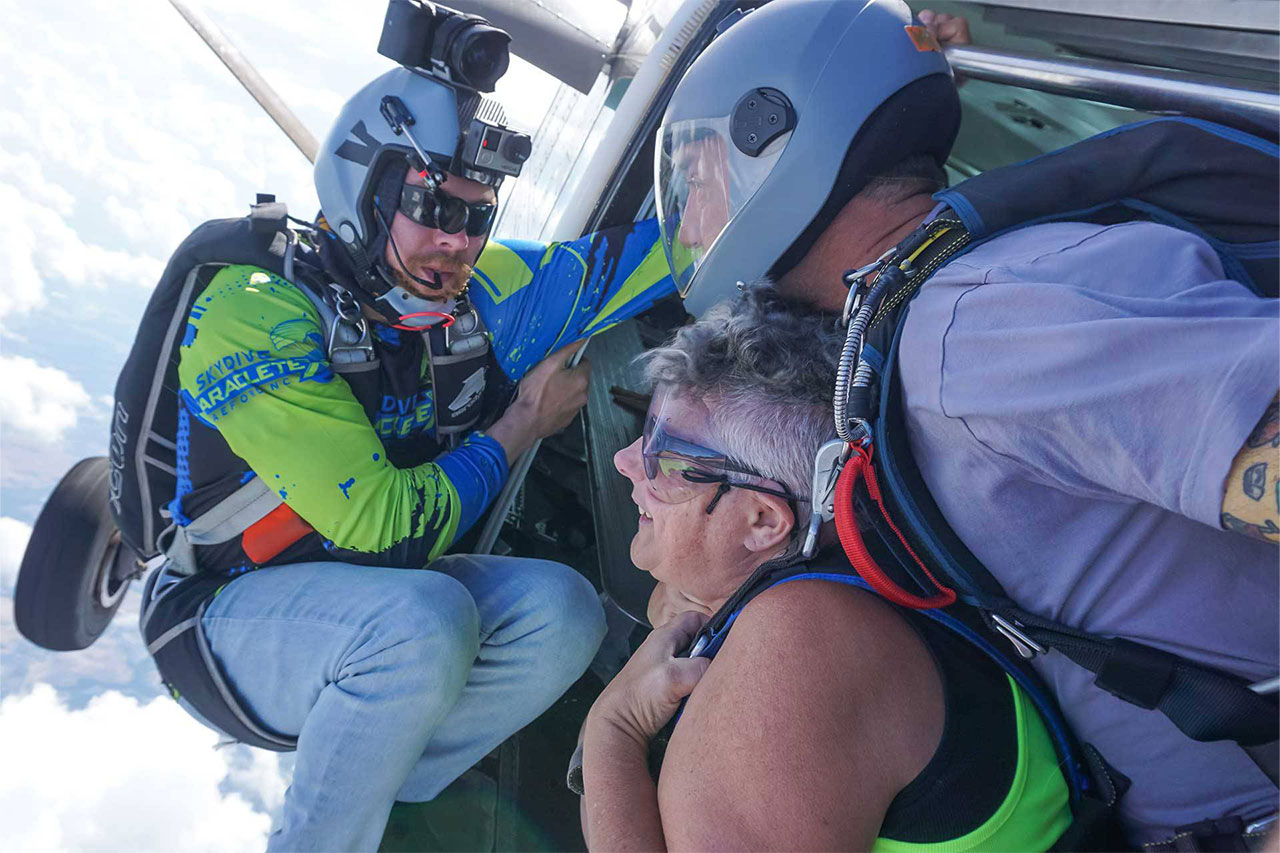
- The Exit & Freefall
Once the airplane door opens, you’ll have the realization that you’ve never been in an airplane with the door open – it will be wild! Your instructor will help the pair of you maneuver to the door, you’ll get in position to exit, time will stand still, and you’ll cross the threshold into the great, blue sky.
The average fall rate (how fast you fall toward the earth) during freefall is 120mph, and the wind at this speed is quite loud! Don’t let this deter you, because we can assure you the last thing on your mind will be the volume of the wind – you’re SKYDIVING! How long does it take to skydive? The freefall lasts about one minute.
- The Canopy Descent
Once the parachute (commonly called a canopy) is deployed, the fact that you just kicked your fears straight out the door of an airplane will become clear. Under the canopy you’ll be able to appreciate the sights from a birds-eye view, talk with your instructor about how pumped up you are, and typically even take the handles of the canopy (called the toggles) and fly around! The parachute descent lasts approximately 5-7 minutes!
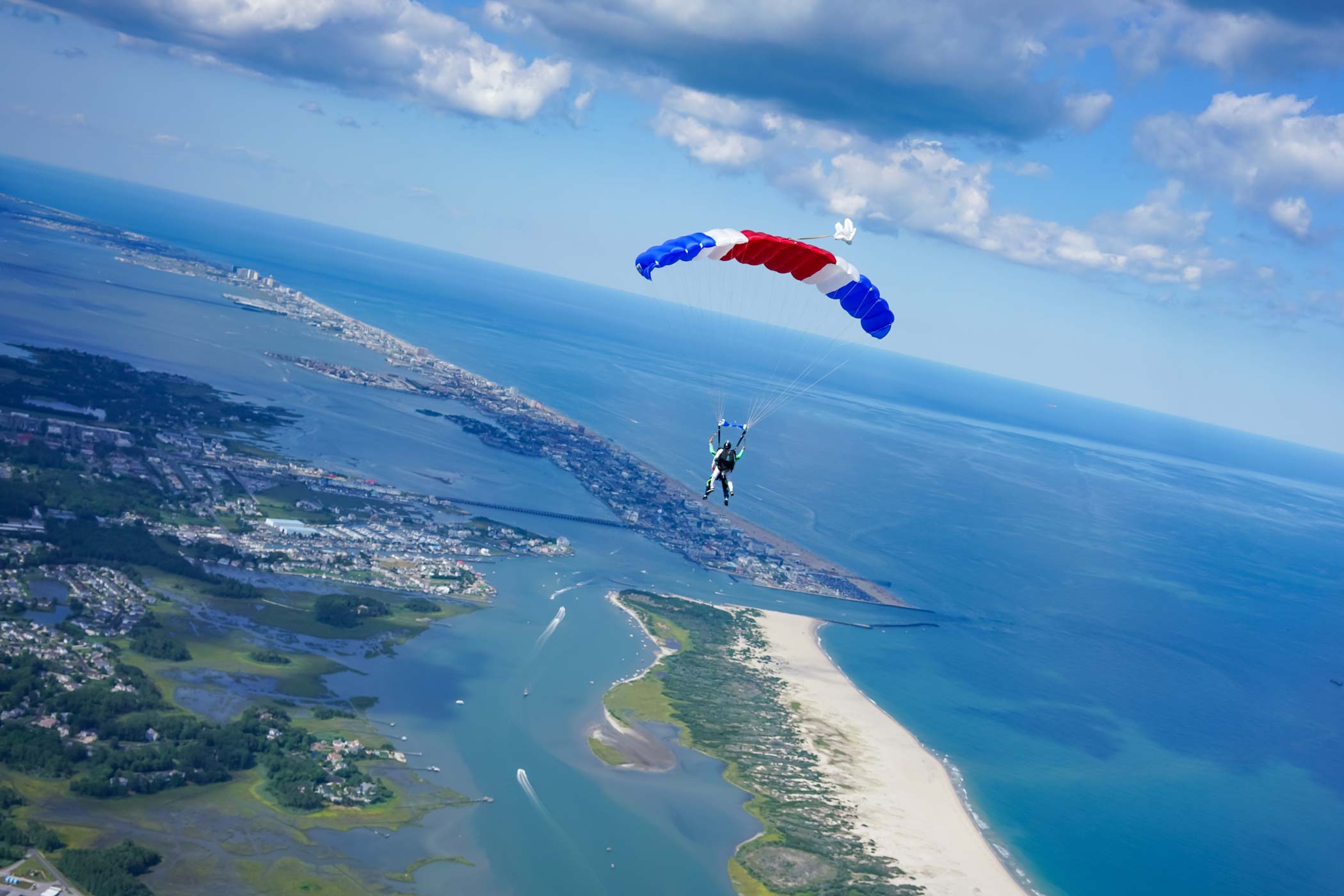
- The Landing
A tip for landing is to stare straight ahead or at a 45 degree angle to the ground. Looking straight down can induce “ground rush,” which can make it seem like you’re moving wayyy faster than you actually are and make your tummy queasy. Your instructor will instruct you with how to position your body on the final leg of the landing and then will glide the two of you in for a buttery smooth landing.
- The Post-Jump
After landing, the elation kicks in. The abundance of adrenaline and serotonin pumping through your body will give you a feeling unlike any other. It will be evident why so many people learn to skydive solo and conquer their fears on the regular with support from a community of fellow skydivers around the world.
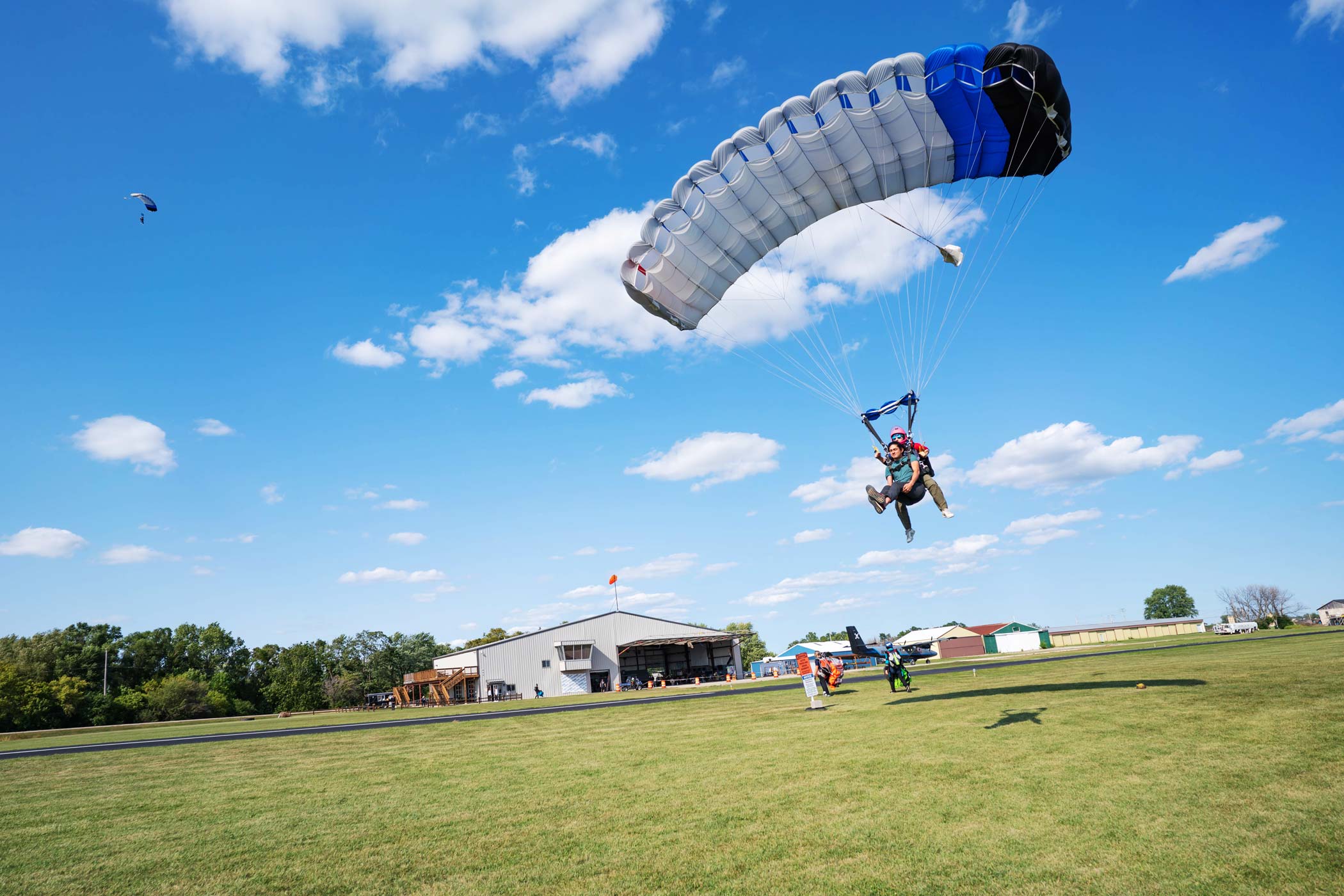
What happens during a tandem skydive may physically affect people similarly, but what to expect skydiving mentally is an entirely different story for every first time jumper. While there’s no shame in the game to jump once for the sake of putting a check on the ole bucket-list, others will become completely enamored with the sport and the pure jubilant bliss that jumping brings. If you are ready for an indescribably peaceful yet exhilarating experience, we recommend researching dropzones near you and booking your first skydive as soon as possible!
Categories:
You May Be Interested In:
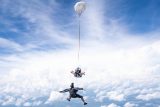
The Evolution of Skydiving: History and Technological Advances
1 year ago by James La Barrie
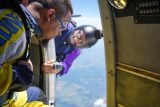
Preparing for a Skydive: Physical and Mental Fitness Tips
1 year ago by James La Barrie

Skydiving Gear and Equipment: What You Need to Know
2 years ago by SKYDIVINGDOTCOM
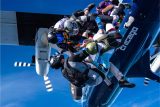
The Psychological Benefits of Skydiving: Overcoming Fear & Building Confidence
2 years ago by James La Barrie
DZ Locator
Find a skydiving center near you.
